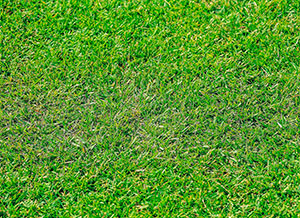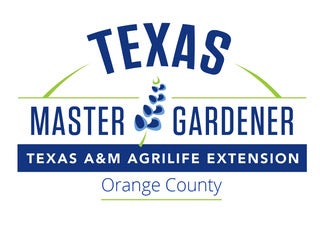Master Gardeners: Quick methods for assessing viability of turf areas
Published 12:10 am Saturday, March 27, 2021
|
Getting your Trinity Audio player ready...
|
By Kay Ledbetter
Texas A&M AgriLife Extension Service
(Editors’ note: This is the second part of a two part series.)
Diagnosing potential winterkill: Quick methods for assessing viability of turf areas
Patience is key in assessing winter injury of turfgrass in its entirety. There are a few steps that you can take right now to assess the potential for winterkill in your turfgrass areas.
Step 1: Collect turfgrass plugs from suspected low-temperature damaged areas. This may include varying areas that receive more shade, endure higher amounts of traffic, have drainage issues, on north-facing slopes, or have greater soil compaction.
Step 2: Place the turfgrass plug in a container that contains native soil or sand similar to that used in the root zone.
Step 3: Place the container in a sunny location such as a southern-facing window indoors or greenhouse.
Step 4: Keep plugs adequately watered. Growth/greening should begin in seven to 10 days.
Step 5: Assess the crown region for signs of green leaf tissue and overall green coverage after plugs have grown for approximately two to three weeks.
Step 6: You may choose to repeat the sampling procedure on a 14-to-21-day interval throughout periods of cold weather.
Turf considerations for this spring: Fertility and herbicide strategies
When a period of potential winter stress or injury occurs, there are some further considerations for input use during the spring transition period, the two turfgrass experts said.
“Often, periods of potential winter injury occur during contemplations for spring fertilizer and herbicide use,” Segars said. “The extent of winter injury may be unknown at this time. During the period of the unknown, it is recommended not to rush applications of fertilizer or herbicides and to avoid, if able, applications of selective herbicides to areas that have potentially been weakened by winter injury.”
Wherley said this is also a great time to consider taking a soil test. This will allow preparations for the potential establishment of new grass but also to recover the areas that were not killed by the cold temperatures.
“It is our recommendation to hold off on the addition of fertilizers until potential winter damage can be assessed,” Segars said. “This will allow proper applications of nutrients that can be taken up by actively growing plants and will not be lost to the environment. Once turfgrass begins actively growing, the addition of fertilizer will aid in recovery. Once temperatures are conducive, spoon-feeding with frequent, lower rates of complete fertilizer may be needed to encourage recovery of thin or damaged areas.”
Another consideration is foregoing the application of preemergence products during the spring transition period in areas where winter injury is suspected and wait until full spring green-up has occurred.
“This will allow scouting of areas that may need to be replanted and will help avoid the slowing of recovery from the application of preemergence herbicides,” she said. “This option would rely on early scouting for troublesome weeds and the use of postemergence products for early spring weed control.
“Should you find that areas do not need to be reseeded or resodded, an option would be to tank-mix a pre- and post-emergent product for your initial application. This would allow the pre-product to stop further emergence of summer annual weeds and allow the post-product to clean up any immature summer annual weeds that may have emerged during the green-up period.”
If moderate to heavy winterkill has occurred, Wherley said, avoid applications of pre-products if reseeding or resodding will be done right away. Preemergence products have varying soil residuals, so time applications before or after seeding/sodding.
Both experts advised all to remember to always read the label for product use around newly established turfgrass.
For more horticulture questions please call the Orange County Master Gardener Hot Line at 409 882-7010 Tuesday and Thursdays 10 a.m. – 2 p.m. or email ocmg1990@gmail.com.
We will have our Annual Bloomin’ Crazy Plant Fair & Sale, Saturday, April 10, from 8 a.m. – 1 p.m. We will be following CDC and Texas A&M AgriLife protocols during our event. Masks covering your nose and mouth with be required as well as social distancing.







